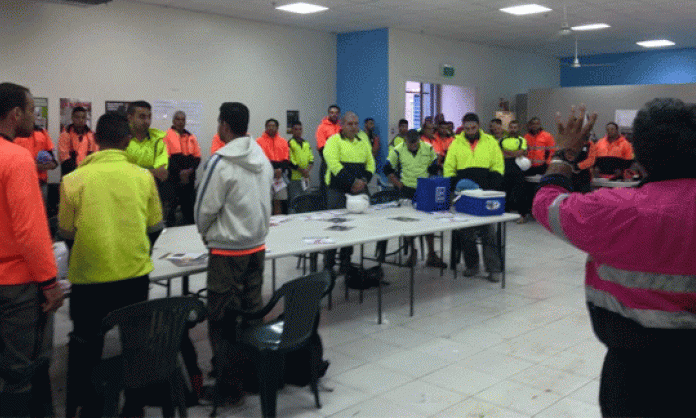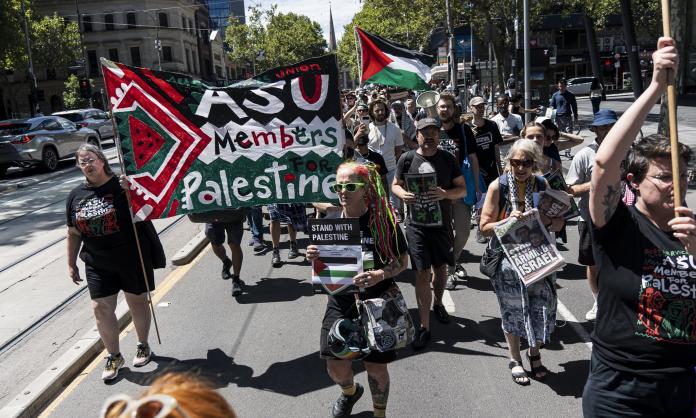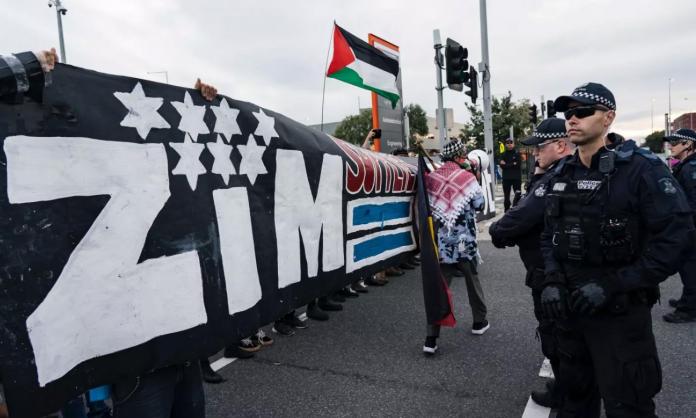Capitalism kills – and maims. Karl Marx once said that it came into this world dripping with blood. It has never stopped, continuing to drip the blood of workers in order to keep the profits flowing.
According to the International Labour Organisation, work has killed more people than wars. Around the world, going to work causes the death of 6,000 people every day, or around 2.2 million a year. The ILO estimates that more than 20,000 of the names on the annual industrial death toll belong to school-aged children.
And these figures don’t count the 160 million who suffer from work-related illnesses. Asbestosis is one; it kills an extra 100,000 workers each year. In Australia, hundreds die every year at work. Hundreds more die at home and in hospitals from work-related causes.
The damage done isn’t just in the workplace. Workers’ compensation rights have been under attack for decades. Successive federal and state governments have tried to wind back company liability to pay injured workers or the families of those who die, and limit company responsibility for rehabilitation and re-employment.
The shocking statistics are matched by an equally shocking lack of punitive action against killer companies. Last year, Grocon paid a miserly $250,000 after a wall on one of its sites collapsed onto Swanston Street, Melbourne, killing three people. The union protesting Grocon’s safety record has so far paid more than $1 million in fines for its so-called illegal industrial action and is still facing court action to extract millions more in damages.
Or take the case of Jayden Zappelli, an 18-year-old trade assistant who was killed after being electrocuted at work in 2013. Jayden had been working for less than two weeks. He died before he could collect his first pay packet. His employer was fined a total of $44,800.
However the union movement hasn’t let this carnage go unchallenged. Michelle O’Neill, federal secretary of the textiles union, told a rally in 2014: “It’s a basic right when you get up and go to work in the morning to expect to come home safe at the end of the day.” Unions have fought to assert that right.
Some of the union movement’s most popular campaigns have been to defend workers’ compensation entitlements. And in the early 2000s there was a concerted push to bring in industrial manslaughter laws, eventually stymied by Coalition governments except in the ACT. Now a number of unions, including the CFMEU, have launched a “Stand Up, Speak Out, Come Home” awareness campaign.
More than regulations and campaigns, however, it is the right to have health and safety reps on the job, with the power to stop work, that is the key to safer workplaces. In years past, one of the CFMEU’s most effective tactics was to call out every building worker on a job for 12 to 24 hours whenever (and wherever) there was a death on site. A safety audit would be conducted before anyone could start again.
The safest workplaces are unionised workplaces. When governments attempt to shut unions out, they literally have blood on their hands. After the Howard Liberal government introduced its anti-worker Building Commission in 2002, primarily aimed at keeping the union off the job, deaths on construction sites suddenly peaked.
It is for these reasons and many others that the union movement marks 28 April – Workers Memorial Day – as a day to remember the dead, but then to fight like hell for the living.











